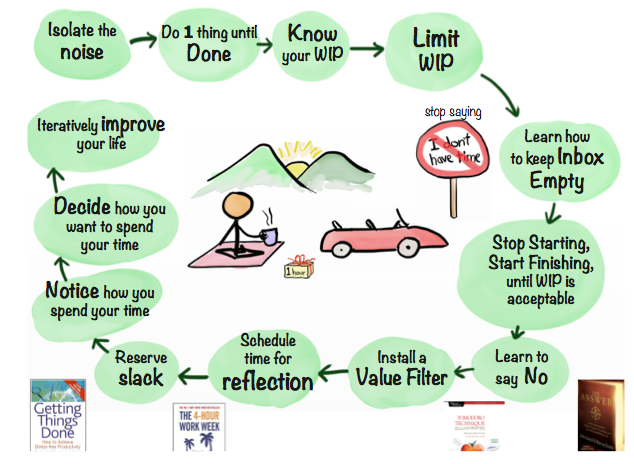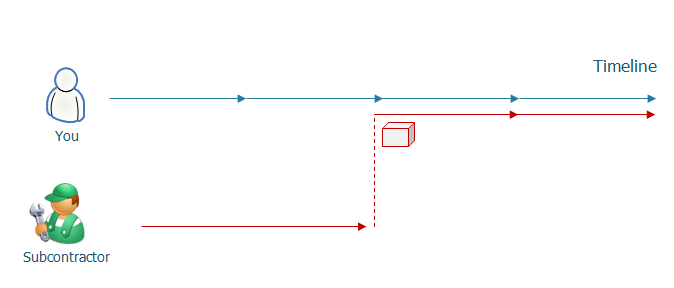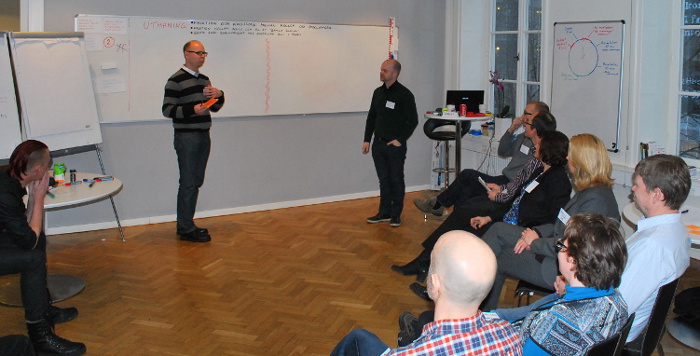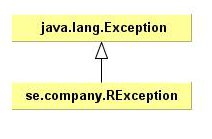The other day I read a blog by Uncle Bob. It more or less stated that no matter what situation you are in, writing automated tests will make you go faster. Ok, this is old news I thought, until I checked Uncle Bob’s tweets. A fair amount of people argued against this statement, and that surprised me!

So I started thinking about why there still are fellow software developers that doesn’t believe in automated testing? Have they not seen them in action and understood what they are for? Please, gather around the campfire, and I will tell you one, just one, of my war stories, and then I will tell you why also you should write automated tests!
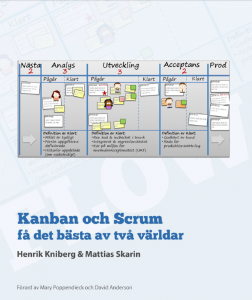

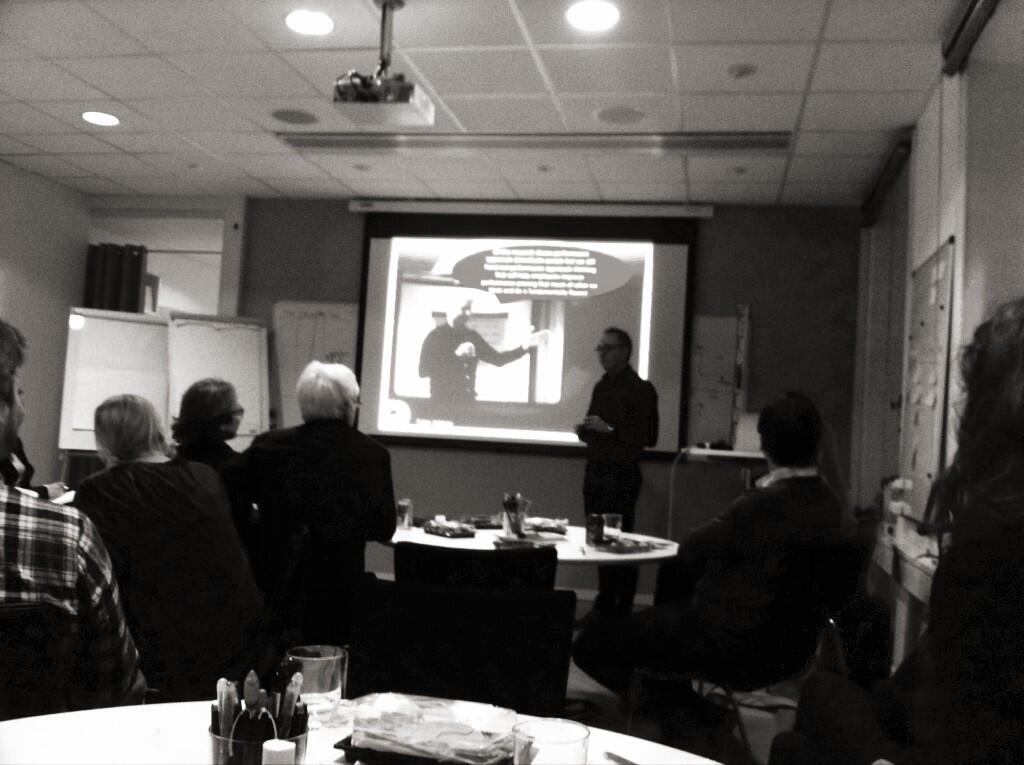
.jpg)

